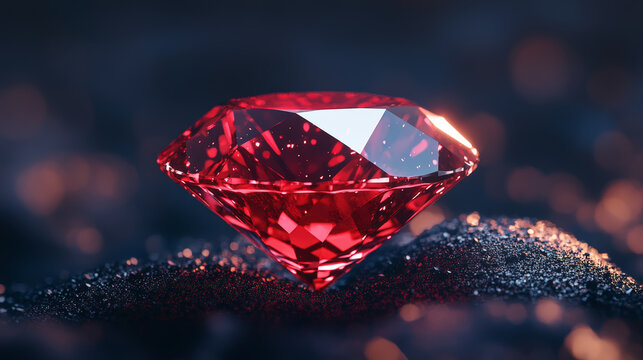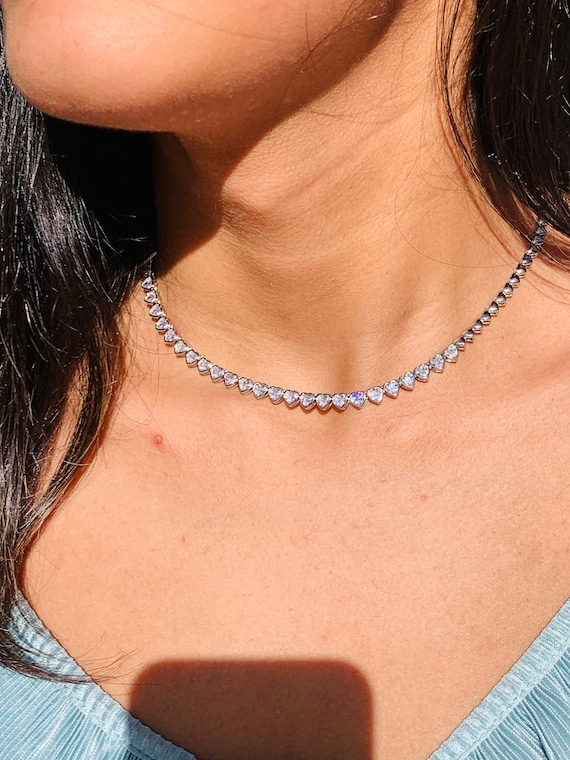What is a Blood Diamond? Understanding the Dark Side of the Diamond Industry
Defining Blood Diamonds
The Terminology Behind Blood Diamonds
Blood diamonds are essentially diamonds that are extracted under conditions of armed conflict, where the profits from their sale are used to fund violent rebellions or military actions against governments. This creates a direct link between luxury goods and human suffering, raising ethical questions about the jewelry industry.
Origins and History
The history of blood diamonds dates back several decades but gained widespread attention in the late 20th century, particularly during the civil wars in African countries like Sierra Leone, Angola, and the Democratic Republic of Congo. In these areas, rebel groups exploited diamond resources que es un diamante de sangre, using the profits to sustain their operations and fuel violence.
The Impact of Blood Diamonds
Human Rights Violations
The most harrowing aspect of blood diamonds is their association with severe human rights violations. From forced labor to violence against miners, the diamond trade in conflict zones often results in inhumane conditions. Reports have documented instances of individuals being coerced into working in dangerous conditions, sometimes at gunpoint.
Environmental Consequences
Blood diamonds don’t just wreak havoc on human lives; they also leave a significant mark on the environment.
Land Degradation and Ecosystem Damage
Diamond mining can lead to extensive land degradation, deforestation, and loss of biodiversity. The methods used in mining often result in the destruction of entire ecosystems, leaving barren landscapes that can take generations to recover.
The Journey of a Blood Diamond
From Mine to Market
Understanding how blood diamonds enter the market is crucial. Diamonds mined in conflict zones are often smuggled across borders and laundered into the legitimate diamond trade. This complex web of illegal activities makes it challenging to trace the origins of diamonds.
Conflict Financing
The profits from blood diamonds are often used to fund armed groups engaged in violent conflict, further perpetuating cycles of violence and instability in affected regions. This financial backing allows these groups to maintain their power and continue their campaigns, often at the cost of innocent lives.
Regulations and Responses
The Kimberley Process
In response to the global outcry over blood diamonds, the Kimberley Process Certification Scheme was established in 2003. This initiative aims to ensure that diamonds are sourced from conflict-free areas. Countries that participate in this process must certify that their diamonds are conflict-free before they can be exported.
Limitations of Existing Regulations
While the Kimberley Process was a significant step forward, it is not without its flaws. Critics argue that the process lacks strict enforcement mechanisms, allowing some blood diamonds to slip through the cracks. Additionally, the definition of conflict diamonds is sometimes too narrow, failing to encompass all ethical concerns.
The Role of Consumers
Making Ethical Choices
As consumers, we have the power to influence the diamond industry. By choosing to buy ethically sourced diamonds, we can help combat the trade in blood diamonds. Awareness is key; knowing where your diamonds come from and how they were sourced is essential.
How to Identify Ethical Diamonds
Look for retailers that provide transparency about their sourcing practices. Certifications from recognized ethical bodies can also guide your purchasing decisions. Lab-grown diamonds, for example, are a fantastic alternative that ensures you’re not contributing to the blood diamond trade.
Alternatives to Blood Diamonds
Lab-Grown Diamonds
Lab-grown diamonds are an excellent option for those seeking ethical alternatives. These diamonds are created in controlled environments and are chemically identical to mined diamonds. Plus, they come without the ethical baggage!
Ethically Sourced Natural Diamonds
If you prefer natural diamonds, seek out those that have been ethically sourced. Many jewelers now offer collections that guarantee conflict-free stones, ensuring that your purchase does not support violence or exploitation.
The Future of the Diamond Industry
Shifts in Consumer Awareness
As awareness about blood lab diamonds continues to grow, many consumers are shifting towards ethical buying practices. This trend is influencing retailers to prioritize transparency and ethical sourcing, which is a positive sign for the future of the industry.
Innovative Solutions for Ethical Mining
The diamond industry is also seeing innovative approaches to mining that prioritize environmental sustainability and community welfare. By supporting companies that invest in responsible mining practices, consumers can contribute to positive change.
Final Thoughts: Awareness and Action
Understanding what blood diamonds are and the impact they have on the world is crucial for making informed choices. As consumers, we can drive change in the diamond industry by prioritizing ethical practices and supporting alternatives. Together, we can help ensure that the beauty of diamonds does not come at the cost of human rights and environmental degradation. So, the next time you’re in the market for a diamond, remember: your choice matters!






